Can't Find 4xx Error Page: How to Fix the Issue
Site Audit Issues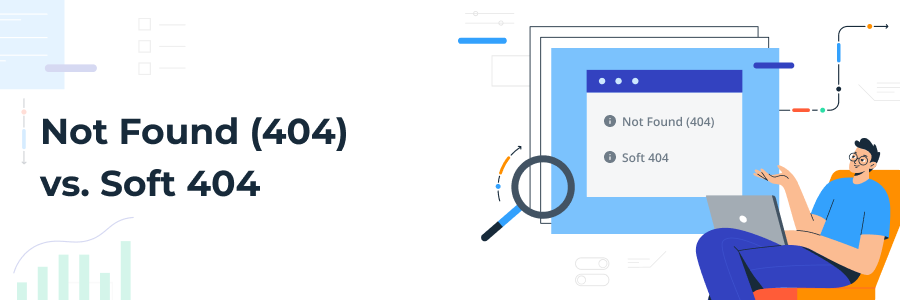
Content:
- What Does “Not Found (404) vs. Soft 404: Differences” Mean?
- Most Common Causes of “Not Found (404)”
- Most Common Causes of “Soft 404”
- Step-by-Step Guide to Fixing “Not Found (404)”
- Effective Strategies for Resolving “Soft 404”
- Utilizing Netpeak Spider for Resolving “Not Found (404)” and “Soft 404” Issues
- Conclusion: Mastering Error Resolution for Optimal Website Performance
“Not Found (404)” and “Soft 404” errors can hinder your site’s user experience and search visibility. A smooth, error-free website keeps users engaged and improves search engine ranking.
Our guide will explain “can't find 4xx error page ” issues, their causes, and solutions, including basic insights and advanced tools like Netpeak Spider, to keep your website functioning effectively.
What Does “Not Found (404) vs. Soft 404: Differences” Mean?
When using the internet, sometimes you click on a link and get an error message. These errors, “404 page not found” and “Soft 404,” are common, but they mean different things. It’s important to know the difference, especially if you have a website. Why so? They can affect how well your site works and how easily people find it on search engines like Google.
Defining “Not Found (404)”
So, what is a 404 error ? It’s like a note saying, “Sorry, we can’t find the page you’re looking for.” This happens when you try to reach a webpage that doesn’t exist anymore. Maybe it was deleted or moved to a new address without telling the internet where it went. When this error shows up, it tells search engines, like Google, that they should stop showing this page in search results.
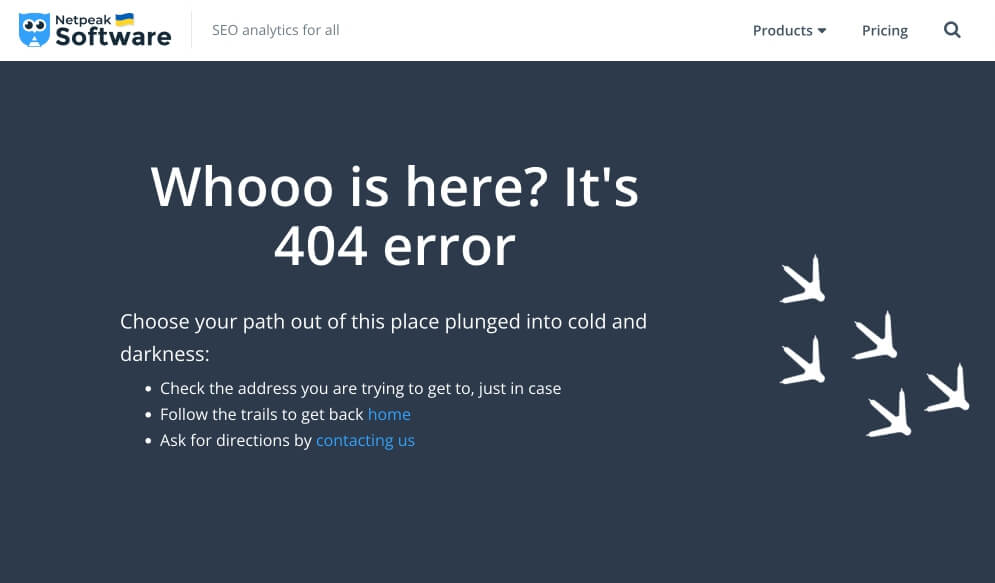
What do 404 errors mean ?
- They're a clear message from the website saying a page isn't there.
- Search engines understand this message and remove the page from their lists.
- Usually, you'll see a message on the screen telling you the page is gone.
Understanding “Soft 404”
These errors are a bit trickier. What is the meaning of a Soft 404 error ? Imagine going to a store, and instead of finding what you’re looking for, there’s just a sign saying it’s not there, but the store still pretends everything is fine. That’s a soft 404 Google Search Console just spotted. The webpage you’re trying to visit doesn’t have the info you need, but the website tells the internet that the page is okay.
Soft 404s are confusing because:
- They show you an error message, but the website tells search engines the page is fine.
- This confuses search engines because they think the page should be listed when it really shouldn't.
- Having too many Soft 404s can make your website less visible on search engines.
Most Common Causes of “Not Found (404)
Navigating websites, encountering 404 errors Google says is quite common, similar to reaching a dead end online. Knowing why these errors occur is crucial for website owners to prevent them and ensure their site’s smooth operation. Let’s explore the typical causes of these errors.
Removing a Page: Impact and Implications
Problems often occur if website owners remove 404 pages from Google Index, akin to removing a book from a library.
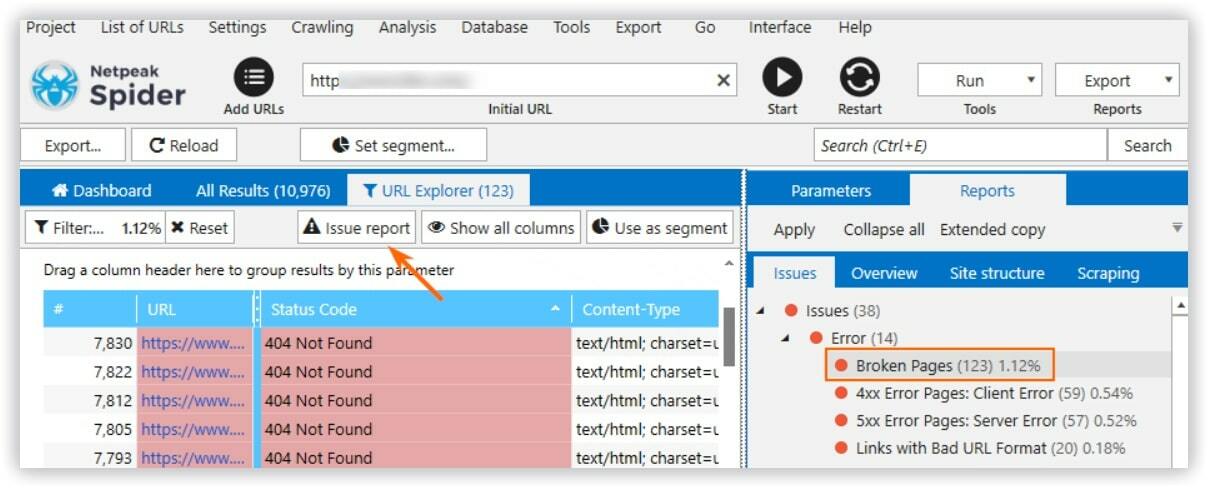
Here’s the impact:
- Visitors can't find the page, leading to disappointment or frustration.
- Search engines eventually drop the missing page from search results.
- Removal of a popular or important page may decrease site traffic.
Changing the URL Structure: Consequences and Prevention
Altering a webpage’s URL without notice is like moving homes without informing anyone. To prevent visitor confusion:
- Implement a redirect from the old to the new URL, guiding visitors correctly.
- Update internal site links to reflect the new URL.
- Notify search engines to maintain your site's visibility.
Technical Glitches and Misconfigurations
Google sites 404 error can also stem from technical errors, like entering the wrong address in a satnav. Causes include:
- Typos in URLs or links.
- Errors in the site’s code or setup.
- Server issues that falsely indicate a page is missing.
Most Common Causes of “Soft 404”
Google Soft 404 errors are deceptive, appearing like a functional page but lacking substance or relevance. Understanding these errors is vital for your site’s efficiency and search engine ranking.
Misuse of Status Codes: An Overview
The primary cause of Soft 404s is incorrect communication to search engines about a page’s status. A site should issue a 404 code for non-existent pages, but with Soft 404s, it wrongly sends a 200 code, implying all is well. Causes include:
- Website setup or programming errors.
- Server configurations failing to recognize missing pages.
- Human errors in setting website response codes.
Content and SEO Issues Leading to Soft 404s
A page may exist but lack substantial content, so the submitted url seems to be a Soft 404. This is like finding a book full of blank pages. Issues include:
- Pages with minimal or no significant content.
- Unfilled placeholder pages.
- Poorly optimized pages not meeting search engine content standards.
Site Architecture and Navigation Problems
A website’s structure and layout can also cause Soft 404 errors. Confusing navigation or broken links, like a poorly arranged store, lead users and search engines astray. Common issues are:
- Broken or incorrect internal links.
- Complicated navigation hindering search engine understanding.
- Outdated sitemaps directing to non-existent or relocated pages.
Step-by-Step Guide to Fixing “Not Found (404)”
404 error Google are common but fixable issues for website owners and users. This guide provides clear steps to resolve these errors and enhance your website’s functionality.
Identifying and Addressing Removed Pages
Begin by identifying pages that cause a 404 Google error , akin to a detective solving a puzzle.
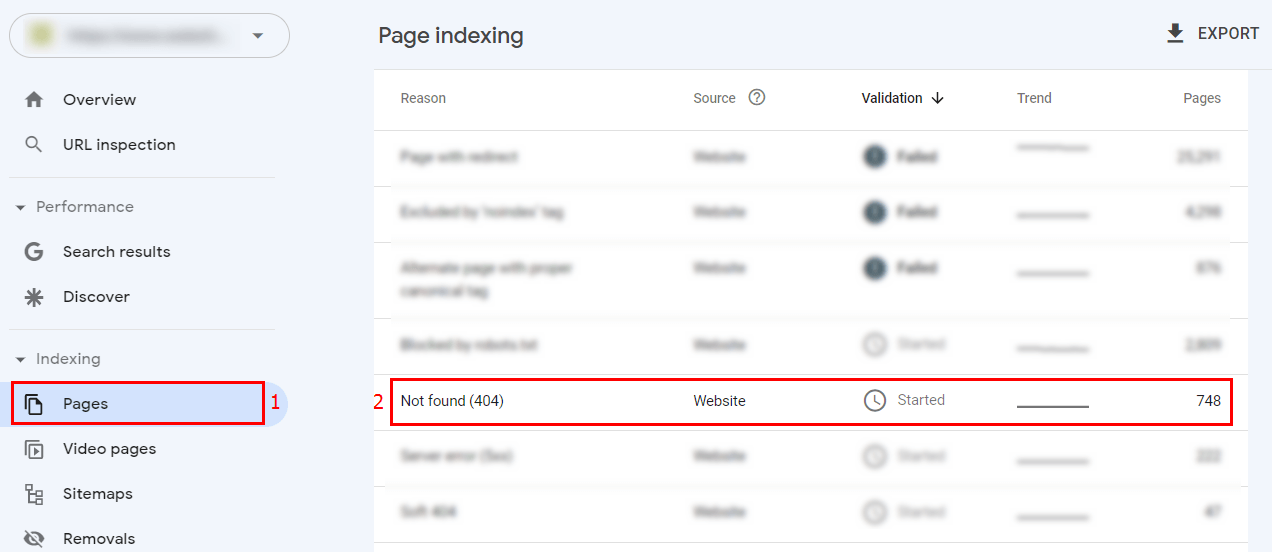
- Utilize tools like Google Search Console to spot which submitted url not found 404.
- Determine if removed pages are intentional or accidental. Restore important ones from backup.
- Ensure no active links on your site lead to permanently removed pages.
Correcting URL Structure Issues
Sometimes, the best Google 404 error fix is URL changes. Addressing this is like updating an address book.
- Spot recently altered URLs.
- Implement 301 redirects from old to new URLs.
- Update all internal site links to the new URLs.
- Notify search engines of these changes via your sitemap.
Dealing with Technical Errors
Rectifying technical faults can also resolve 404 errors, requiring digital troubleshooting.
- Check for URL typos.
- Investigate coding and configuration for potential issues.
- Confirm the correct server configuration and response.
- Continuously monitor and promptly fix any submitted url not found (404).
Effective Strategies for Resolving “Soft 404”
Though challenging, Google Search Console Soft 404 errors can be effectively resolved to improve your website’s health and search engine ranking. Here are step-by-step strategies for tackling these errors.
Ensure Non-Existing Pages Return a 404 Status Code
The key to fixing Soft 404s is making sure non-existent pages issue a 404 status, akin to a clear “Closed” sign on a defunct shop.
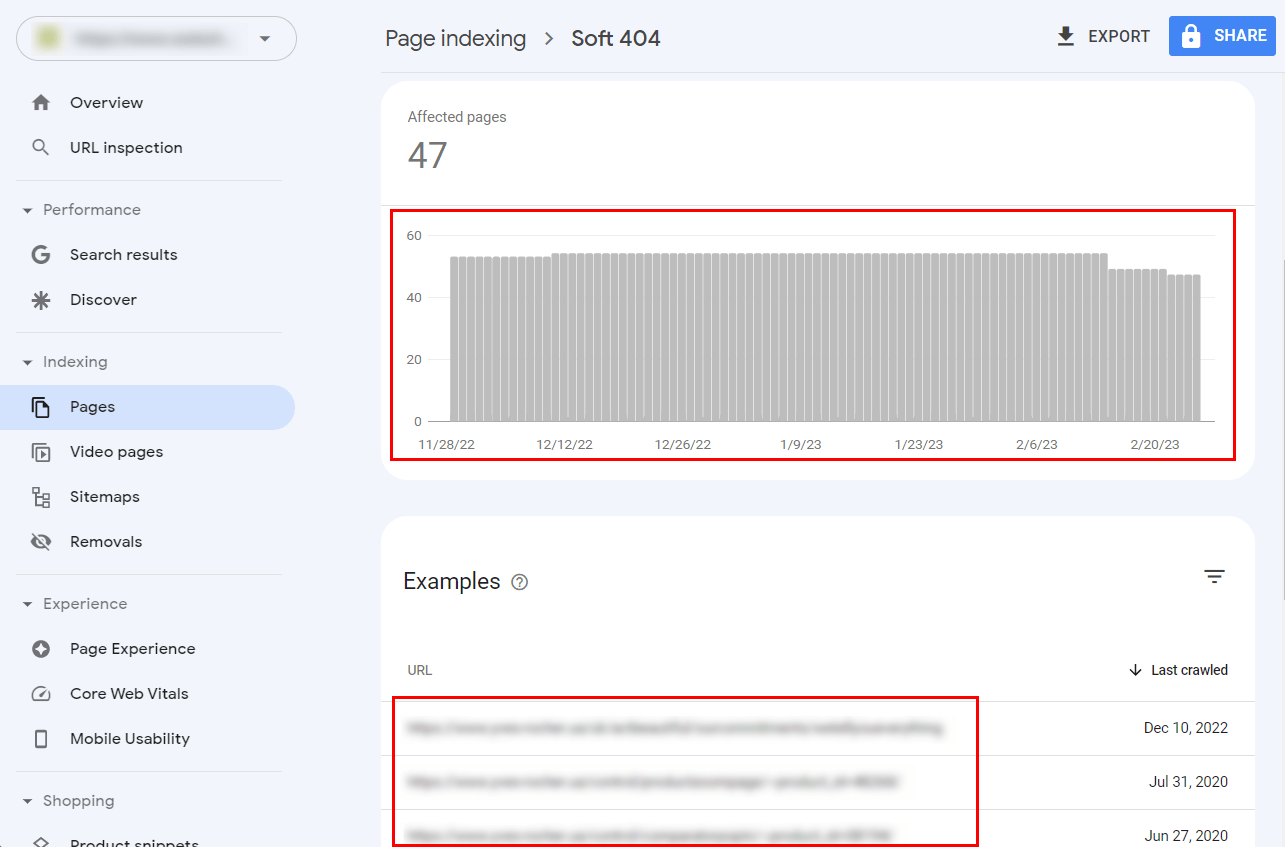
- Audit your website to identify pages that should return a 404 but don't.
- Verify server configuration for correct 404 responses.
- With tools like Google Search Console 404 errors are easy to identify and correct, even the Soft 404 ones.
Avoid Redirecting to Irrelevant Pages
Redirecting from non-existent to unrelated pages can lead to Soft 404s, like being sent to a grocery store when seeking a bookstore.
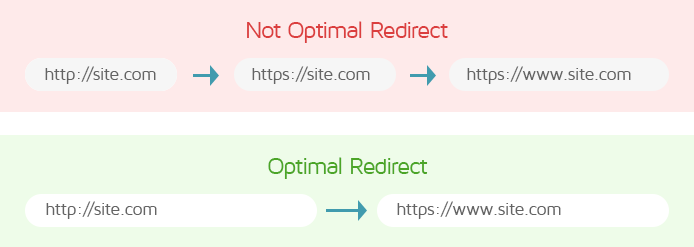
- Check your website’s redirects for relevance.
- Remove or revise redirects to generic or unrelated pages.
- Ensure redirected content matches user intent.
Eliminate Pages with Little or No Content
Pages with minimal content can be mistaken for Soft 404s, similar to opening a book with blank pages.

- Identify and enhance content-deficient pages.
- Remove non-essential pages lacking content.
- Focus on providing value and purpose in each page.
Be Cautious of 404-Like Words in Content
Using phrases like “not found” in content might inadvertently trigger Soft 404 errors, comparable to mistakenly causing a stir.
- Review content for potentially misleading phrases.
- Edit or remove these phrases to prevent confusion.
- Regularly update content for clarity and precision.
Address Rendering Issues for Accurate Status Codes
Rendering issues can also result in Soft 404s, like a store that’s there but hard to access. For example, submitted url not found (404) Google Search Console tells you.
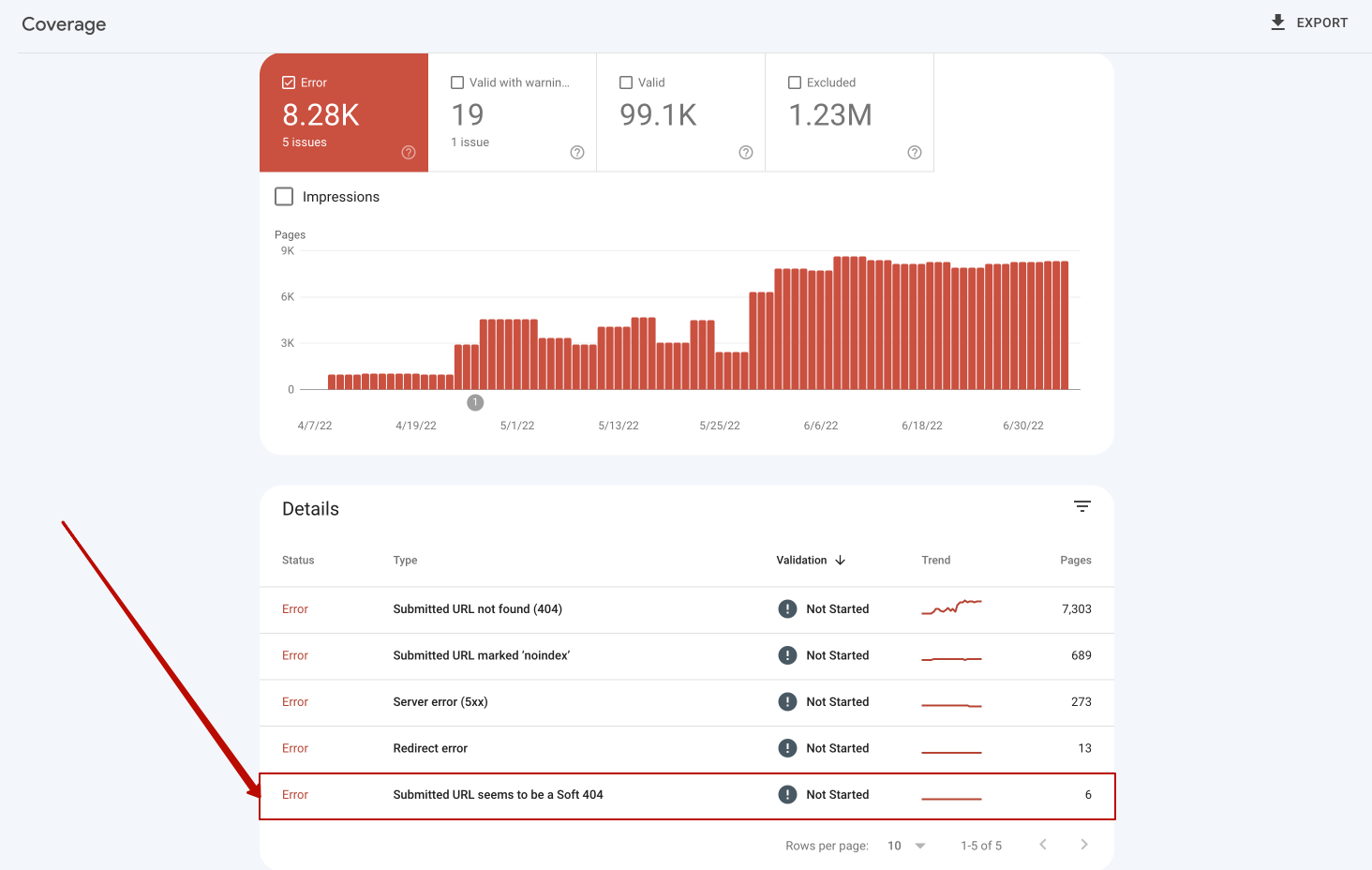
- Investigate rendering problems, especially on mobile.
- Ensure the design and code allow for proper page display.
- Test your website on various browsers and devices for uniformity.
Utilizing Netpeak Spider for Resolving “Not Found (404)” and “Soft 404” Issues
Netpeak Spider is an effective tool for webmasters and SEO experts to manage websites and resolve issues like “Not Found (404)” and “Soft 404” errors. Here’s how to use Netpeak Spider effectively.
Introduction to Netpeak Spider’s Features
Netpeak Spider functions as a website detective, crawling and analyzing pages to enhance site health and SEO.
Key features:
- Scans all pages for issues like 404 and Soft 404 errors.
- Provides detailed reports for identifying error causes.
- Checks redirects, analyzes titles, meta descriptions, and more.
- Offers a user-friendly interface for ease of use.
Practical Steps Using Netpeak Spider
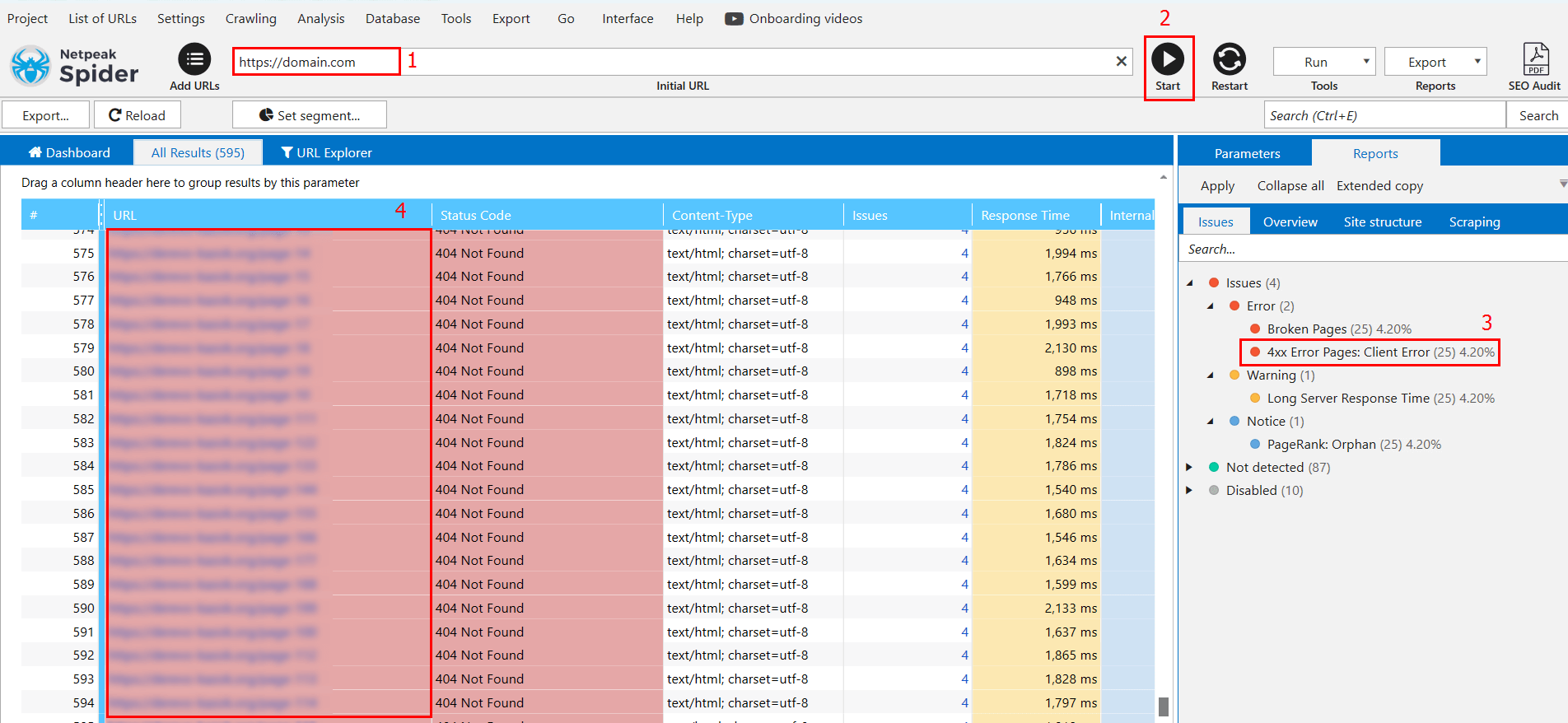
Using Netpeak Spider for fixing 404 and Soft 404 errors involves:
- Crawling Your Website: Start with a full crawl to collect data on your site's status.
- Identifying Errors: Use Netpeak Spider’s reports to find pages with 404 and Soft 404 errors.
- Analyzing Issues: Examine details for understanding error causes, such as missing pages or incorrect redirects.
- Implementing Fixes: Resolve errors by restoring pages, correcting redirects, or improving content.
- Re-crawling and Verification: After fixing, re-crawl your site to confirm issue resolution.
Monitoring and Maintaining Site Health with Netpeak Spider
Regular use of Netpeak Spider is crucial for a healthy, error-free website.
- Track new or recurring issues.
- Monitor changes and improvements.
- Ensure SEO best practice compliance.
Netpeak Spider’s comprehensive reports are vital for successful online presence management.
Conclusion: Mastering Error Resolution for Optimal Website Performance
You now possess the knowledge to identify, address, and prevent website errors, which is vital for maintaining an accessible, user-friendly site that search engines favor. Remember, consistent monitoring and maintenance are crucial for optimal website performance.
Using tools like Netpeak Spider is highly beneficial, offering in-depth insights and aiding in regular site health assessments. Adopt a proactive approach to these challenges, staying adaptable and focused on continual improvement.



.png)
